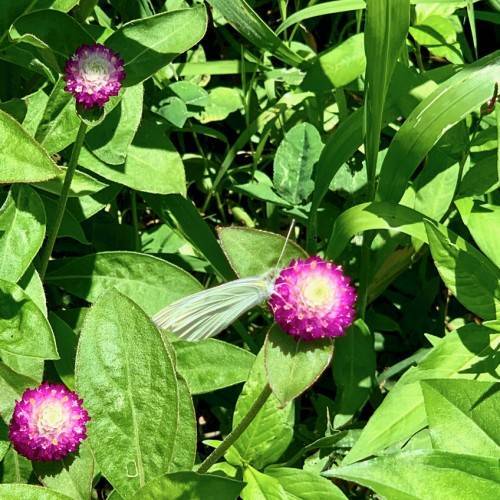
common globe amaranth
Gomphrena globosa
Cycle:
Annual
Watering:
Average
Hardiness Zone:
2 - 11
Flowers:
Flowers
Sun:
Full sun
Leaf:
Yes
Growth Rate:
Low
Maintenance:
Low
Salt Tolerant:
Yes
Care Level:
Medium
watering
Common globe amaranth (Gomphrena globosa) should be watered when the top inch of soil is dry. During the active growth period, water deeply and regularly to keep the soil evenly moist but not soggy. During the dormant period in late fall to mid-spring, reduce watering and allow the soil to nearly dry out between waterings. Always check the soil moisture level before watering, as overwatering can lead to root rot and other health problems. Water with lukewarm water, as cold water can shock the plant.
sunlight
Common globe amaranth, or Gomphrena globosa, requires full sun in order to flower and thrive. The plant prefers at least 6 hours a day of direct sunlight, though more is better. It can tolerate some partial shade, but growth and flowering will be reduced. In general, the sunniest spot in the garden is the best place for this plant. Common globe amaranth prefers warm temperatures and will do best in areas with hot summers and mild winters.
pruning
Common globe amaranth should be pruned during the early summer, early fall, or spring when the plant is actively growing. This could mean getting a late start before the onset of flowering, or perhaps late spring after the initial flush of blooms. Pruning should be done to restore balance, remove dead or damaged branches, thin out growth, and shape the plant to desired form. Generally, the plant should be pruned to maintain a bushy shape by cutting back around a third of the taller shoots to a lower level. Aim to leave the plant with a height of 10-18 inches. In the late summer, prune away any remaining flower heads to encourage side-shoot development and to help to prevent the plant from becoming too leggy.
